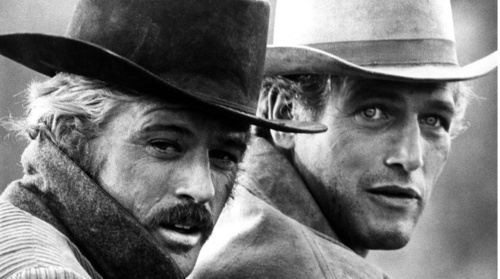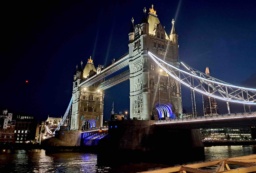Sundance Film Festival: London 2023 opens today, July 6, with a cultured selection of features, shorts and UK premieres, directed by exceptional international talent.
The festival gets its name from founder Robert Redford’s most famous film, Butch Cassidy & the Sundance Kid. The film’s Oscar-winning cinematography owes much to the soft-focused, rich-hued aesthetic of 35mm film and photochemical processing. Interestingly, it was shot in 1969 – just as a breakthrough in digital photography was happening with the development of CCD light sensors. The light sensor captured the image and made it unnecessary to have film in the camera. This was the first hint that celluloid’s century-long dominance might be challenged. Has the introduction of digital technology enhanced or hindered filmmaking since 1969? With festivals now teeming with film submissions like never before because of the accessibility of cheap digital cameras, we examine the development of consumer camera technology and how it revolutionised filmmaking.
Considering Kodak was most adversely impacted by the digital revolution, it’s fateful that in 1975 they developed the world’s first digital still camera. Eastman Kodak engineer Steven Sasson’s prototype made use of the pioneering Fairman CCD electronic sensors available at the time but the camera was a weighty, bulky thing. It successfully captured black and white footage onto digital cassette tapes but Kodak saw no future in it and did not fund further development. At this time, the celluloid world had no reason to fear the slow and stuttering emergence of its new competitor – not with the likes of All The President’s Men, which starred Sundance founder Robert Redford, hitting the screens a year later: captured in glorious Eastman color negative 5254 and shot with Panavision’s Panaflex camera.
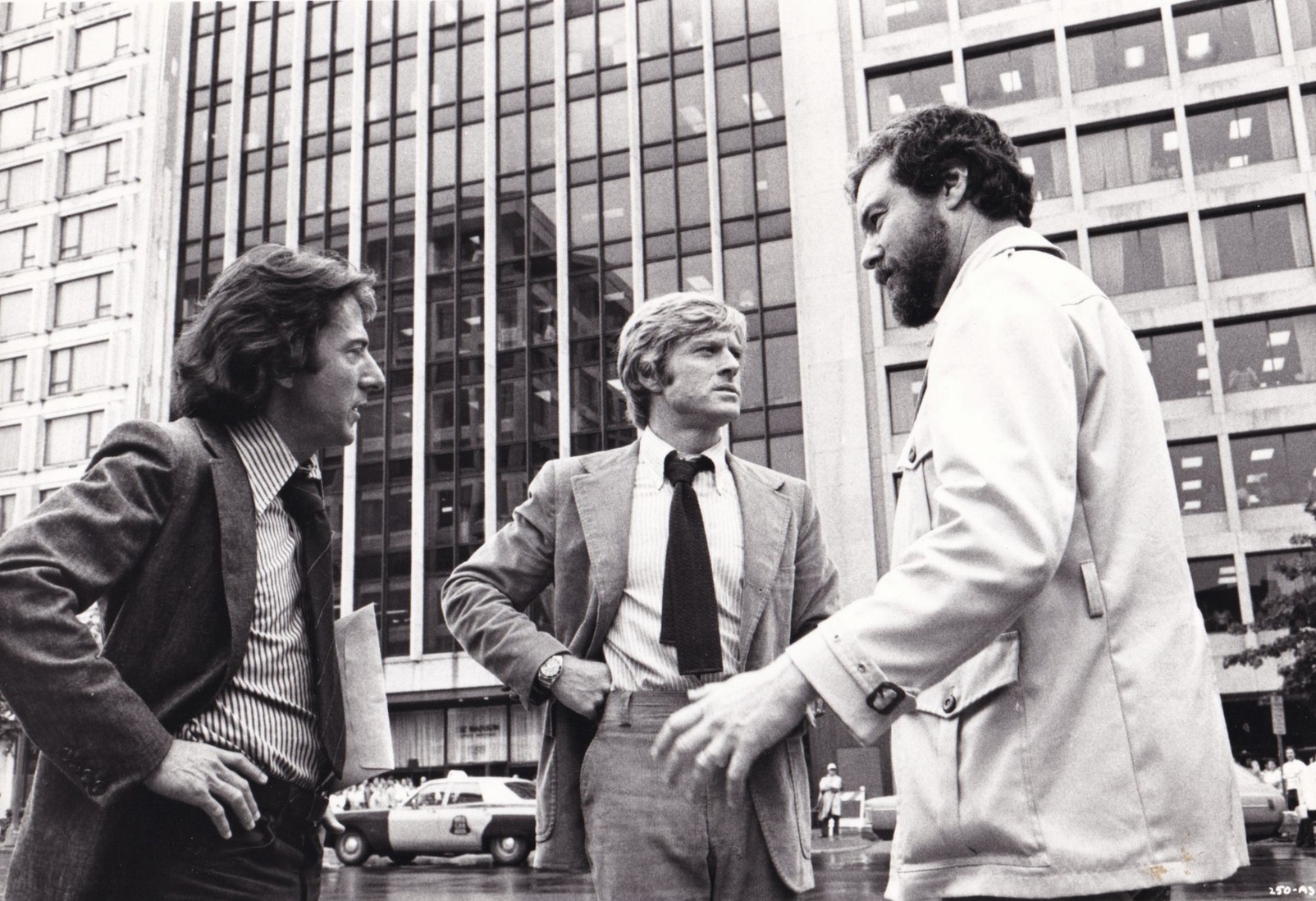
All The President’s Men (1976)
Pre-digital
Digital camera innovation was driven by the leaps in home filmmaking technology in the 1980s. In 1983, the first consumer camcorder hit the market. Sony’s Betamovie BMC-100 recorded onto video cassette but did not have a playback button! VHS produced a rival camera which used even bigger cassettes so you can imagine the size of it. Two years later Panasonic’s NV-M1 VHS camcorder sought to capitalise on this new technology and its marked improvements drew a larger market share. The spirit of innovation/imitation was such that within a year Sony released the world’s first all-digital camera. Unfortunately, the uncompressed format took up a huge amount of space on tape – tape had obvious limitations anyway.
The improvements offered a year later by the rival Fuji DS-1P meant footage could be captured onto memory cards for the first time. But they did not capitalise on this and lacked an impactful marketing campaign. Indeed, in 1990 the Dycam Model 1 became the first digital camera widely available to consumers who admired its cutting-edge digital capabilities and the ability to download footage to computers for the first time. Later, Sony’s MiniDV cameras eclipsed its popularity quite effortlessly.
Digital versus Film
But still, no digital film classic on our screens to unseat the market hegemony of celluloid standards such as Heat (1995) and Titanic (1997), which were around at the time. Filmmaking upstart Thomas Vintenberg shot The Idiots (1998) on the Sony VX-1000 digital camcorder and fellow Dogme 95 director Lars von Trier shot Festen (1998) on the tiny Sony DCR-PC3 Handycam (Mini-DV). Both were received with critical acclaim but were still essentially ripples on the cinematic wave – albeit, quite significant ones. They were the first digital films admitted to the Cannes Film Festival.
However, in 1999, Star Wars creator George Lucas popularised the digital format by making Star Wars Episode 1: The Phantom Menace the first major film to be projected digitally and Attack of the Clones (2002) was shot entirely on digital using the groundbreaking Sony CineAlta HDW-F900 pioneered by Lucasfilm, Sony and Panavision. The fissure between celluloid and digital widened as the camera was proclaimed the world’s first digital cinema camera thus presenting a very real challenge to film’s monopoly of major productions. In 2006, David Lynch shot Inland Empire in digital and said it was unlikely he would return to film.
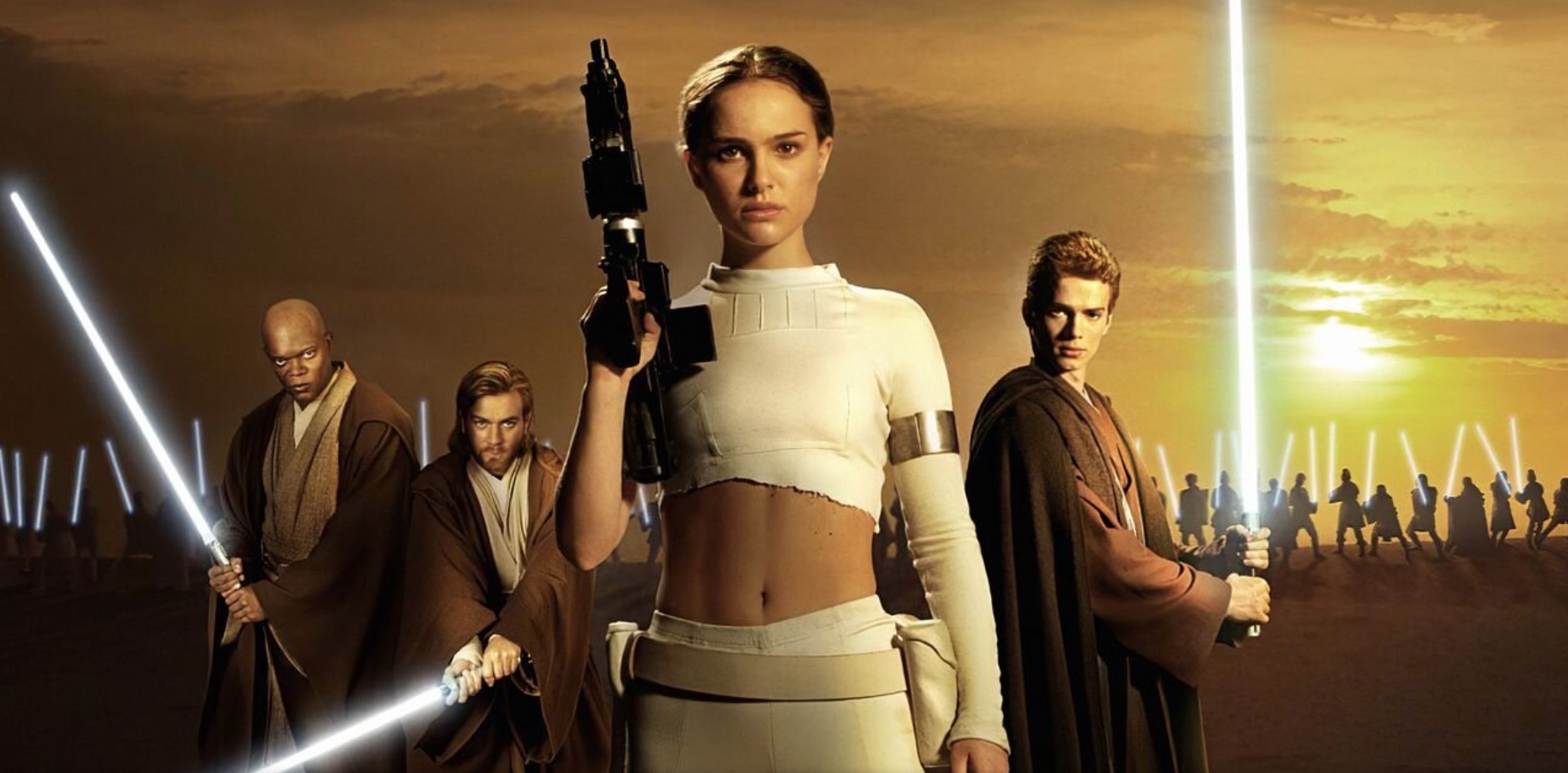
Attack of the Clones (2002) – shot entirely on digital using the Sony CineAlta HDW-F900
Regardeless, celluloid stalwarts such as Quentin Tarantino continued to champion the format and shot The Hateful Eight in 65mm. He was not swayed by the industry uptake of the new digital projection standard and said his movie would embark on a roadshow of cinemas with the required 70mm projection facilities. Now that’s what you call a celluloid champion!
SD Cards and the smartphone revolution
Does anyone remember Digital 8? Yet another hybrid digital and tape format that hung around until Sony’s first tapeless digital camera in 2003. The Sony XDCAM was priced for professionals but Sony saw a market for the consumer budget and produced cheaper versions. The likes of Panasonic followed suit. The Panasonic AG HVX200 recorded crisp high definition onto memory cards. By the 2000s, the development of smaller SD cards sped up the smartphone camera revolution. Tangerine, a film about transgender prostitutes was shot on an iPhone and premiered at Sundance in 2015 – the first iPhone film to be admitted. Do we sense the celluloid apple cart beginning to wobble? Not really.
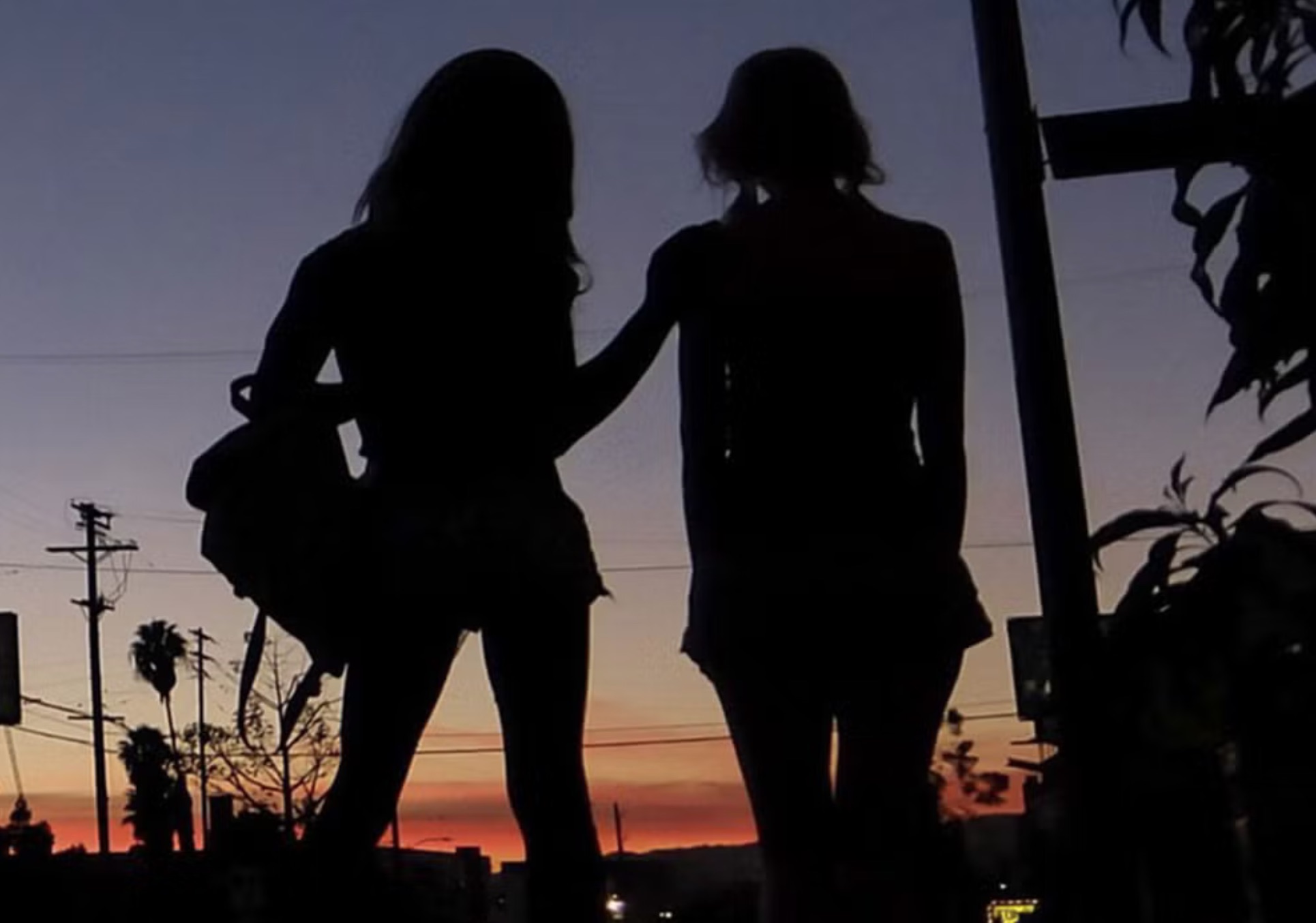
Tangerine – shot on iPhone 5S, premiered at Sundance Film Festival (2015)
Movie-making went from ‘serious’ digital filmmakers boasting about their 2k, 4k, and 8k digital camera updates to mobile phone owners recording 8k without a sweat and wondering what all the fuss was about. Yes, Samsung’s S20, released in 2022 captured 8K at 24fps. Whatever next! The unbridled pace of technological innovation will not be slowed by demands to respect past institutions. It’s human nature to pursue whatever we deem to be better, faster, smaller, bigger even. The bottom line? Film, digital and mobile phone filmmakers should stop squabbling about what’s the most authentic format and focus on what’s happening in the frame. Perhaps, that’s where the true aesthetic lies.
Sundance Film Festival: London 2023 runs 6-9 July, Picturehouse Central

